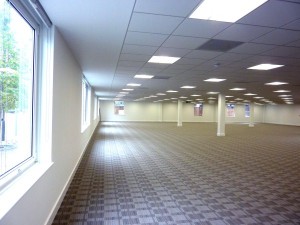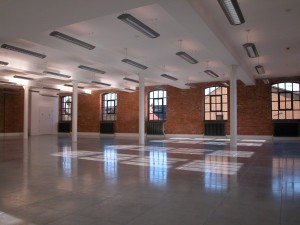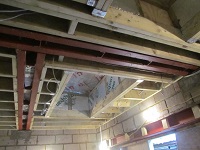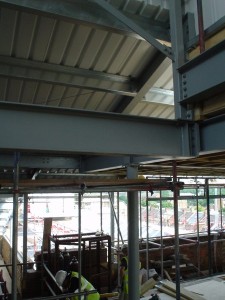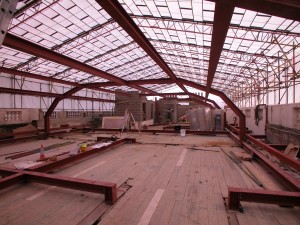Introduction
In the current economic climate, with many buildings standing empty and tenants moving to find cheaper rents, it is can be difficult to see how investing in a refurbishment can pay dividends.
However, increasing the competitiveness of your portfolio may be a very smart move. Increasing the efficiency, amenity, and resource use of a commercial building may stop existing tenants looking elsewhere and it may attract new tenants to the building.
The Spring 2013 Invbrief report by Gerald Eve, shows that total return of UK commercial property in the first quarter of 2013 stood at 1.1%, up from 0.8% in the previous quarter, and saw rental yields rising for the first time in two years in the central London office markets. The report goes on to say, “…a significant proportion of any future investment flow will continue to emanate from foreign investors. In fact, recent survey evidence has indicated that foreign investors now own over half of the office stock within the City of London”. This statistic highlights the appeal of London as a commercial centre, regardless of local pessimism. The report summarises that, “…investment flow will remain targeted towards the prime central London markets, although transaction levels may fall in 2013 reflecting the scarcity in the availability of prime quality stock”. This comment highlights the need for much of the existing building stock requiring investment.
To ensure that your existing commercial property appeals to new and existing tenants and investors, it is critical that potential is maximised, which is turn maximises the return. There are a number of key areas that can maximise a building’s potential and return:
Improve nett lettable floor area to gross ratio by rationalising cores and reducing ancillary spaces.
Replace older building services installations with modern, efficient systems, to reduce energy consumption and carbon emissions.
Improve the environment and well being for potential building occupants.
Upgrade existing facilities to meet current standards, i.e. to ensure access for all, provide DDA compliance, etc.
In this article we focus on ways to improve the nett lettable floor area, as this can often provide the biggest return when letting a building. |

